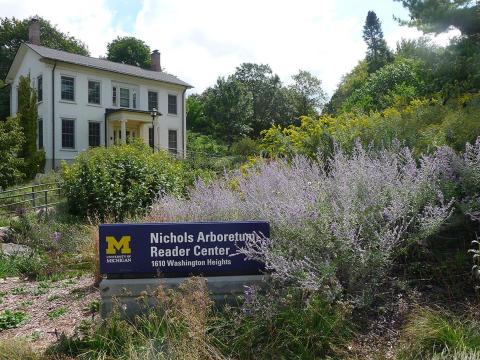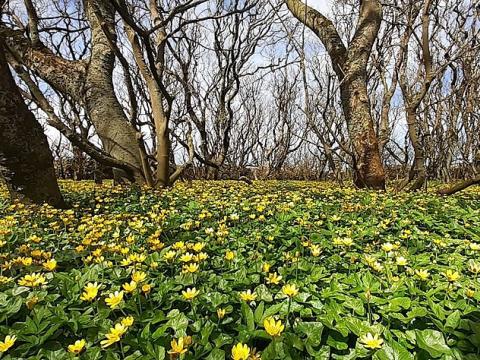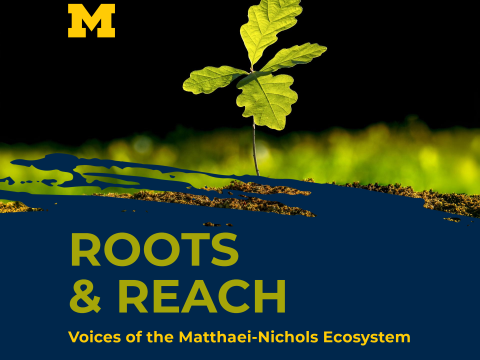The W. E. Upjohn Peony Garden is a popular destination for visitors drawn to its magnificent floral displays. Established in 1922, this garden has grown to become one of North America's premier collections of historic peony varieties. With more than 800 plants, representing 398 distinct cultivars, the garden serves as a crucial conservatory of genetic diversity and a research resource for peony enthusiasts worldwide. In this role as a research hub, the garden has recently played a critical role in a study about peony viruses.
This recent research, conducted by a team that included Dr. David Michener, curator of Matthaei Botanical Gardens and Nichols Arboretum (MBGNA), has highlighted the risks associated with two viruses, TRV and CNSV, which could compromise peony populations globally. Joining Dr. Michener in this study were Belarusian botanical researcher and MBGNA visiting scholar, Dr. Nastassia Vlasava, virologist Dr. Siarhei Kharytonchyk, and evolutionary biologist Dr. Liliana Cortés-Ortiz. Together the team aimed to understand these virus effects on peonies.
The study revealed that peony plants could serve as unsuspecting hosts to these viruses, often devoid of visible symptoms. This stealth infiltration poses a threat to the plants' health and longevity, potentially undermining the long-term vitality and diversity of the peony collection if left undetected. While the impact of TRV is widely recognized across various plant species, the newly identified risk of CNSV specifically to peonies calls for heightened vigilance and proactive management within horticultural practices.
When symptoms do show, TRV often manifests as leaf mottling, conspicuous ring spots, and reduced growth, ultimately draining the peonies of their vigor and stunning blooms. Similarly, CNSV leaves its mark with necrotic lesions on foliage and stunted growth, sapping the plants' vitality and diminishing their foliage and blooms. Together, these viruses can launch a silent onslaught, resulting in a gradual decline in plant health, potentially leading to increased susceptibility to other stresses and diseases.
In light of the recent findings, Dr. Michener outlined a management strategy for the W.E. Upjohn Peony Garden. “One priority is to fully survey the entire collection to establish a base-line of reality. Longer term, and begun before COVID with colleagues at the Central Botanical Gardens, Minsk, is to tissue culture the rarest infected plants, kill the virus, and renew virus-free stock elsewhere. This is a standard practice in other crops. However, herbaceous peonies are notoriously resistant to tissue culture, with different cultivars needing customized protocols. In the meantime, we monitor for these viruses and are alert for new ones."
He also addressed the adaptability and resilience of the peonies in the garden, "Fortunately, for many of the plants, the viruses are not debilitating here or in a home garden and the plants bloom spectacularly."
Elaborating on the broader scope of their work, Dr. Michener explained, " In a parallel track, we are looking at the genetic relationships among peony cultivars. We're mapping out a sort of family tree – which is quite intricate due to extensive crossbreeding – to help us predict traits such as virus susceptibility. On the positive side, this research can also help identify highly sought-after characteristics like specific aromas or robust stems. It is a fascinating intellectual puzzle involving cultural contexts of aesthetics in domestication and its subsequent breeding intersecting with plant and pathogen contact history and ongoing coevolution.“
Peony fans can find comfort in this study, the knowledge from these results will be pivotal in preserving the peonies' legacy for future generations, serving not just to fortify defenses at Nichols Arboretum but is also as a framework for disease prevention across global horticultural landscapes.
For an in-depth exploration of this study, please find the full article here.





